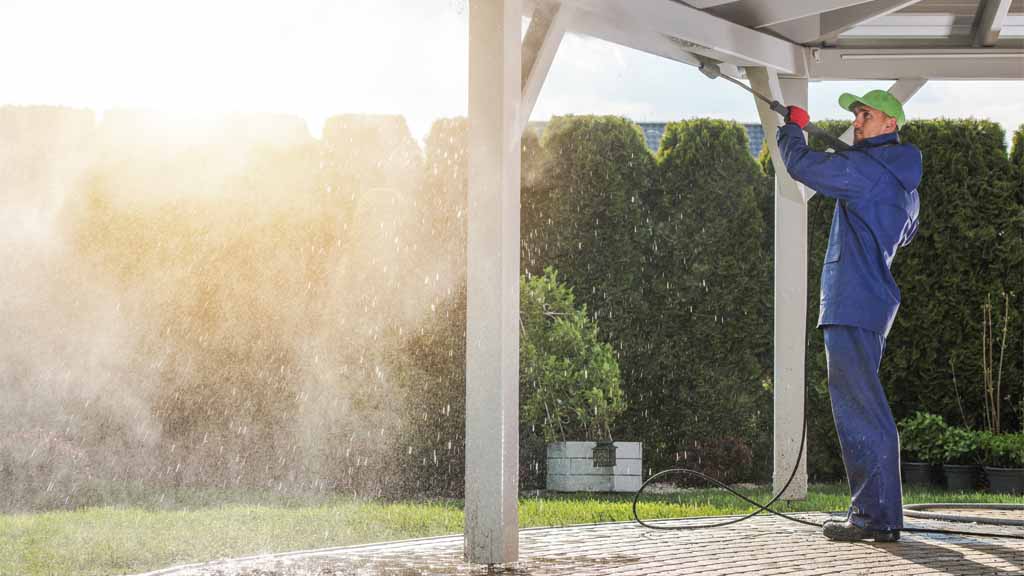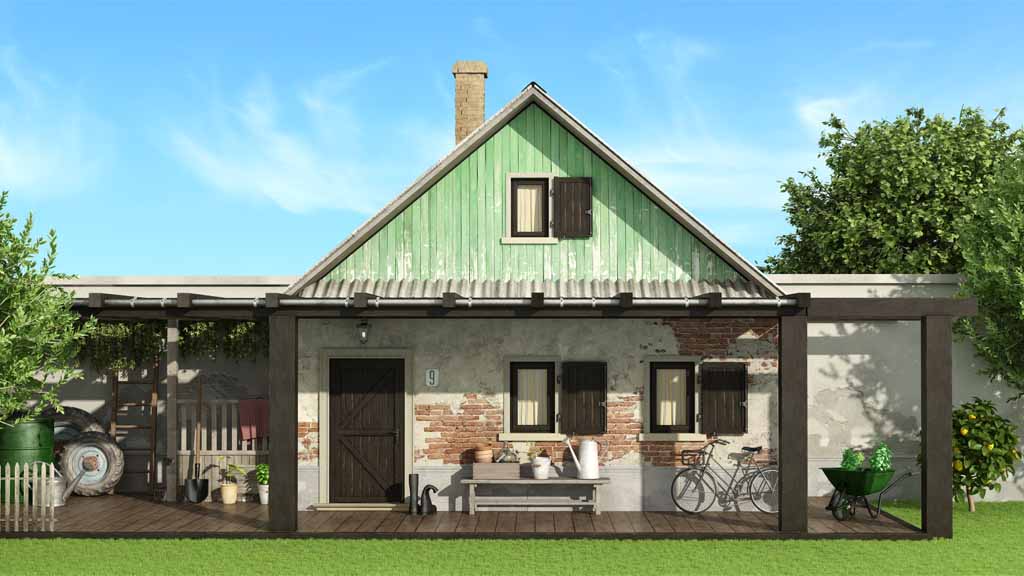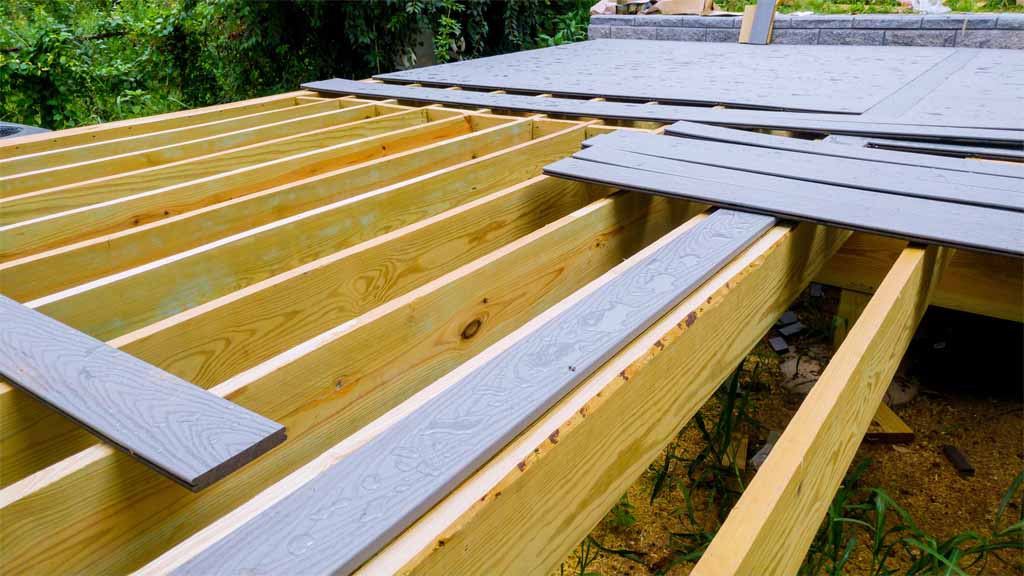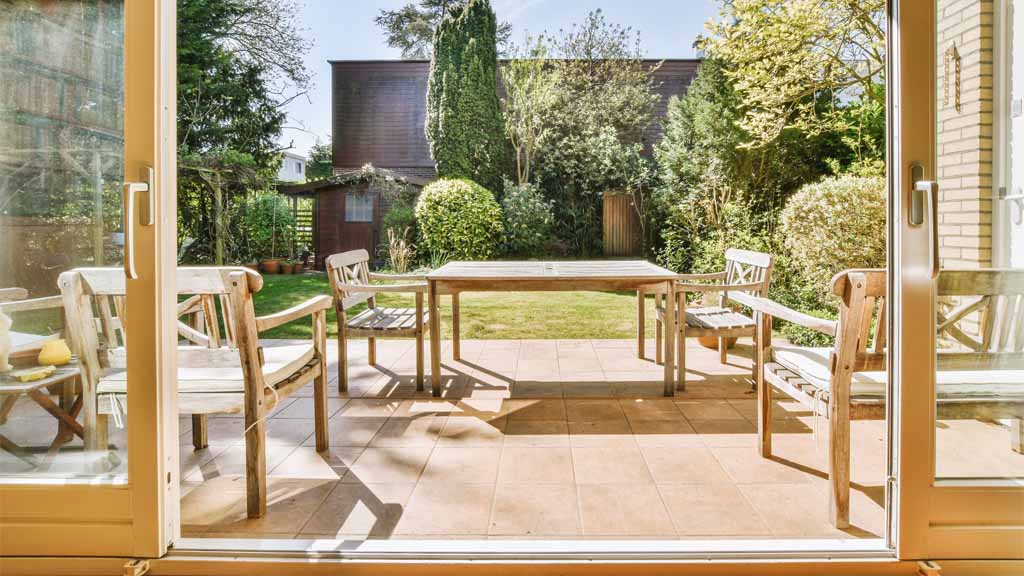
Patios are a great addition to any home. It provides an area for you and your family to relax and enjoy the outdoors, especially during warmer months. But before you install one, it’s essential to consider what type of patio roofer’s material will suit your needs.
A patio is a space that should enhance your home and provide you with an area to relax, unwind and enjoy time with family and friends.
Why Patio Roofing Material Matters
Patio roofers materials are an essential part of the overall look of your patio, and they can make a big difference in how it looks. The material you choose should be durable and long-lasting, easy to maintain and clean, resistant to the elements (such as wind, rain, and sun), suit your style and taste, be done to your climate, and be affordable.
The best materials for your patio should match the style of your home. It will help ensure that it fits in with everything else on your property so that it blends seamlessly without being too much or too little in any area!
Is Your Roof Leaking?
If you want to add some color and personality to your patio, look for materials to let you do so. Many different roofing materials are available today, including concrete, clay, slate, and more. These materials can all be painted or stained to give them a new look, so you won’t have to worry about them becoming dated in just a few years!
You will be able to find concrete tiles in many different colors, as well as shaped like hexagons or squares. These tiles are durable and long-lasting, but they can also be painted or stained to give them a new look when you want them. Clay tiles are another option for your patio roofers material. They come in various sizes and shapes, including rectangular, square, and hexagonal.
ADD CTA HERE
1.Define Your Purpose.
The next step is to define your purpose. What do you want the patio roof to do? What does the new roof cost? An excellent example is determining whether you need shade or sun and how much.

For example, let’s say your patio will be set up for entertaining guests and hosting parties. There may be better options than a high-maintenance material like slate because it requires regular cleaning and maintenance. A durable, low-maintenance material such as asphalt shingles might be more suitable.
Now that you’ve defined your purpose and needs, it’s time to find the suitable material for your patio roof. Here are some of the most popular options:
Slate: A natural stone that’s highly durable, heavy, and expensive. It requires regular cleaning, but it’s one of the most popular materials for patio roofers.
Asphalt shingles: Durable and low-maintenance, asphalt shingles are a good choice if you want something that won’t require much maintenance or cleaning.
2. Consider The Climate
One of the first things you should consider when choosing a patio roofing material is your climate. The climate in your area will significantly impact what kind of patio cover you choose, so it’s important to know what to look for in the place where you live.
- Sun exposure: The amount of sun exposure varies by season and location, so if you live in an area that gets a lot of sun—like Florida—you may want to go with something like metal or glass instead of wood or terracotta tiles.
- Temperature changes: If there are significant temperature changes between summer and winter in your area, metal might be a better choice than wood because it can withstand extreme temperatures without buckling or warping. Some materials are also designed specifically for hot climates like Arizona, where they won’t fade from the sun’s rays over time.
- Wind speed: If there’s a high wind speed in your area—like New Mexico—then metal would probably work best because it doesn’t absorb heat like wood does when exposed for long periods at high altitudes (whereas metal conducts heat well).
3. Consider Your Home’s Style
Next, consider your home’s style. Considering a patio over an existing deck or porch, consider how the new roof will complement the existing structure and surroundings. Do you want a low-slung modern look, or would you prefer something more classic?

Look around your neighborhood for examples of what other homeowners have done, and get creative with accessories like furniture and plants that add character to your outdoor living space.
The possibilities are endless when choosing a roofing material for your new patio—there’s something out there to suit every taste. But before making any decisions, it’s essential that you’re familiar with each type so that they all fit within the budget constraints as well as being able to handle all of those weather factors: wind, rain, sun exposure (heat).
If you’re looking for a budget-friendly option, consider asphalt shingles or metal roofs. These materials are easy to install and maintain and can last for years without needing repairs or replacements.
However, consider using tile or stone for your patio roofers project if you want more curb appeal. For example, slate tiles are one of the most popular options today—they’re durable yet elegant and come in various colors that blend well with almost any home.
Is Your Roof Leaking?
4. Consider Your Budget
Now that you know what types of patio roofs are available and which ones best suit your needs, it’s time to consider how much you can spend on a new top for your patio. Before looking for contractors’ quotes, consider how much money you have set aside for the project and ensure that it will be enough to cover all expenses.
It’s also important to remember that once the initial purchase has been made, some materials, like tile, require maintenance every few years (or even less often). So make sure any contractor or installer provides an estimate for future expenses and installation costs upfront so there are no surprises later on down the road.
The best materials for a patio roofer are durable and long-lasting, easy to maintain and clean, resistant to the elements, suit your style and taste, be done to your climate, and are affordable. The best materials for your patio should match the style of your home. It will help ensure that it fits in with everything else on your property so that it blends seamlessly without being too much or too little in any area.
5. Get Multiple Quotes
The next step is to get multiple quotes from different contractors. Before you do this, you should check the reviews and references of each contractor to see what they are like in person. Also, compare their quotes against each other to determine the best price.

This step is crucial because if it takes too long or there’s some issue with getting someone scheduled for an estimate or quote, then things are going to start dragging on and on until, eventually, someone gives up and goes somewhere else where things get done faster
You should ask the company about these things and anything else that relates to them, such as previous jobs the company has performed and if they have any references. You should also ask if the person scheduling your estimate or quote has experience with this type of work and their previous experience.
If they have done similar jobs in the past, then it’s a good sign that they’ll be able to handle yours just fine. It would help if you also inquired about their pricing structure and how much it will cost for them to complete it all.
Is Your Roof Leaking?
6. Compare Warranties
The warranty is an essential part of your patio roofing project. Not only does it protect you from unexpected costs, but it can also indicate how well a contractor will treat you throughout the process.
A warranty should include the following features:
- Length of coverage – What is the expected lifespan of your new patio roofers? Make sure that whatever material you choose has sufficient coverage so that you don’t have to worry about repairs or replacement later on.
- Coverage – Do things like fire or water damage cause any damage? If so, how will these issues be covered under this express warranty? Does it include labor costs, parts, and materials needed to complete repairs or replacements?
These are all things that need clarification before signing up for any contract involving repairs or replacements because they could cost more than initially anticipated if not covered within those terms and conditions outlined by your chosen vendor’s agreement. If you’re looking for a company that specializes in repairing and maintaining your home appliances, contact us today to learn more about what we can do for you.

7. Compare materials
Having selected your materials, you can now examine the pros and cons of each. Here are some things to consider:
- How often will you need to replace your patio roofing? Some materials may last longer than others, which is essential when comparing different options.
- Material costs (initial setup and replacement). It is another critical factor in your research process if you’re looking for the most economical option.
Once you’ve got all this information, it’s time to decide. It would help if you considered the prices each contractor has quoted you and how long they say it will take them to do the work. The best way to tell which is suitable for you is by comparing these things against each other and seeing which one has the lowest price and a decent turnaround time.
Does something like fire or water damage cause any damage? If so, how will these issues be covered under this express warranty? Does it include labor costs, parts, and materials needed to complete repairs or replacements?
Is Your Roof Leaking?
These are all things that need clarification before signing up for any contract involving repairs or replacements because they could cost more than initially anticipated if not covered within those terms and conditions outlined by your chosen vendor’s agreement—each material’s durability.
In addition, this is also an important consideration, as it will help you determine how long your patio roofing will last and if it needs to be replaced.
8. Find A Licensed And Insured Contractor
- You should hire a licensed and insured contractor to help you with your installation.
- Ask for references, and check them out thoroughly. You can even ask for some of the same information you asked for when hiring your roofer: how long they’ve been in business, whether or not they have insurance, etc.
- How do you find a contractor? It’s as simple as asking around or doing an Internet search (be sure to check their licenses!)!
- How should I choose a contractor? They should be timely, professional, and careful with your property–and they need to get back to you quickly when there are issues with the artistry.
- Should I get a written estimate before I start working with someone? Definitely! It is essential because it allows both parties to reflect on what was said during negotiations while protecting them against any misunderstandings down the road due to language barriers or miscommunication between parties involved.
It’s also a good idea to get more than one estimate, as this will help determine your project’s average cost. If it seems too high or too low compared with the competition, be sure to ask why. It’s also a good idea to get more than one estimate, as this will help determine your project’s average cost. If it seems too high or too low compared with the competition, be sure to ask why.

9. Make A Decision.
Choose the material that best fits your needs and preferences. You have a few material choices when you’re ready to roof your patio. You can choose from asphalt shingles, metal, tile, or slate.
Asphalt shingles are the most common type of patio roofing material. They’re inexpensive and easy to install, but they only last for a short time, as are some other options. Metal roofs are more durable than asphalt but can be more expensive and difficult to install. Tile and slate roofs are durable but have a higher price tag.
The best way to decide which material is correct is to weigh your needs and preferences against the cost. Tile or slate may be the best option if you want a roof that will last decades.
10. Enhance Your Home
A patio is a space that should enhance your home and provide you with an area to relax, unwind and enjoy time with family and friends. Consider adding a patio roofing material that will protect you from the weather while offering protection from the sun’s rays.
The next step is to determine how much of a roof you need. Will your patio roof be primarily for shade? Do you want a material that will withstand high winds? If so, consider installing a heavy-duty material like cedar shingles or slate tilesWhat should I expect from my contractor once they’re on-site?
Your contractor should show up in the morning and work until around 5 or 6 pm each day. In some cases, they may have to come back for extra days if there are delays due to weather or other factors out of anyone’s control. Patio roofers can be made from various materials, including tiles and even metal sheeting.
When choosing the suitable material for your patio roof, there are several factors to consider, including cost and durability.
Conclusion
The patio roofers are an integral part of your home, so make sure you choose a suitable material. You can do this by following these ten steps and doing some research on your own. Patio roofers materials are available in different shapes, sizes, and styles, so you’ll want to choose the one that works best with the rest of your home. Also, remember that it will take several weeks before installation begins after the materials arrive at your house.

